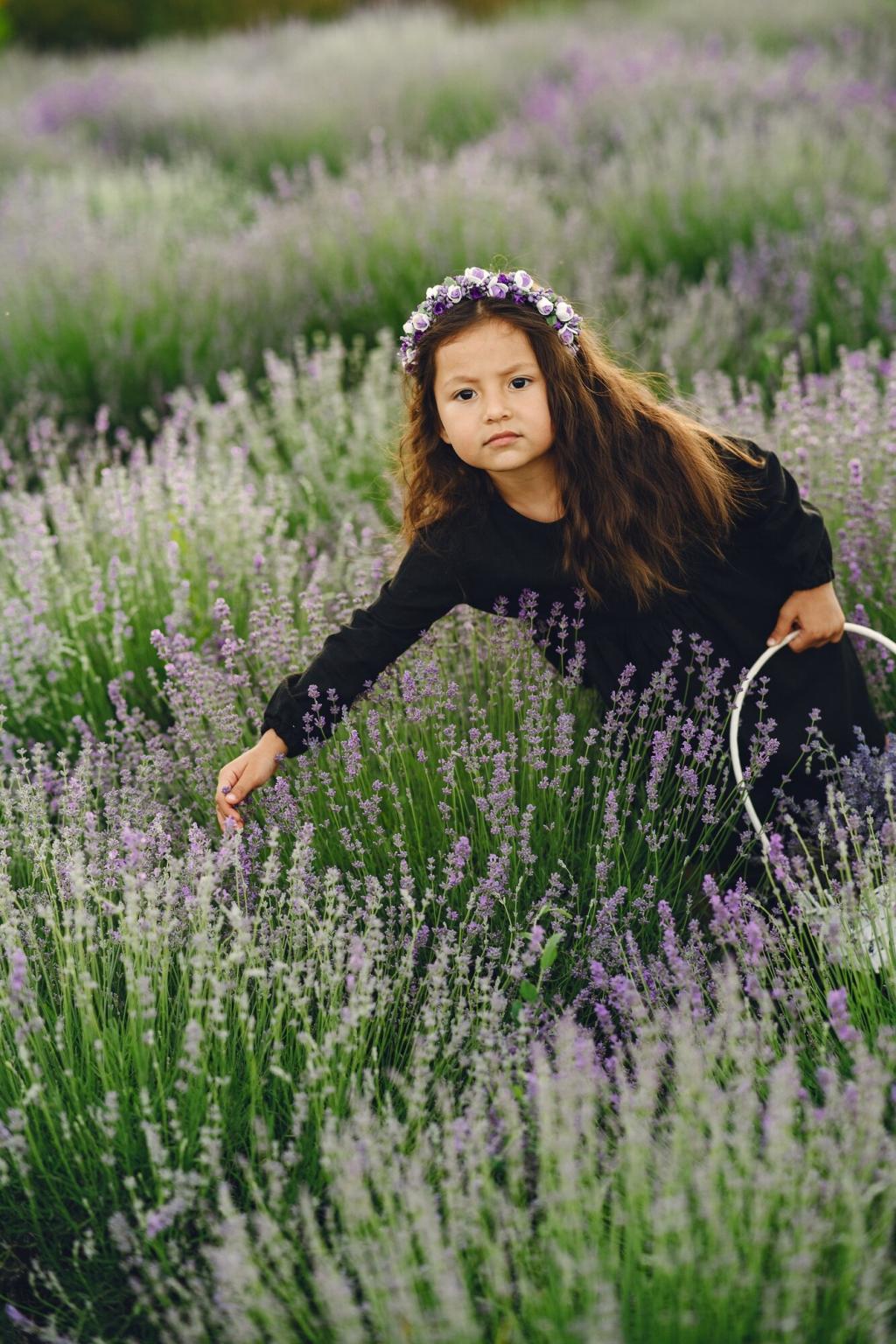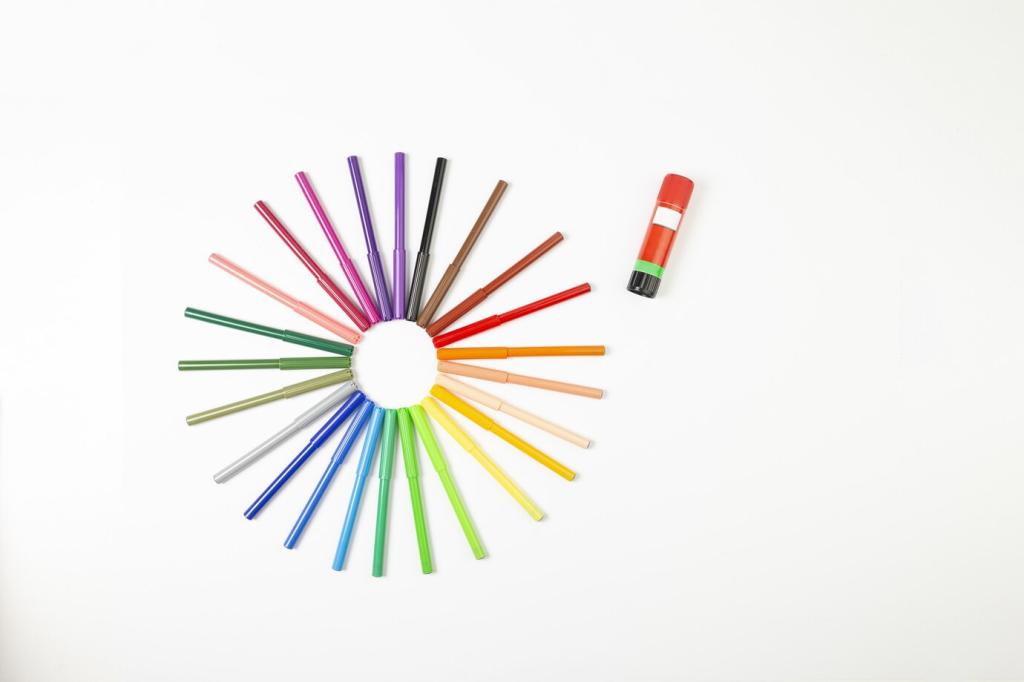Light, Space, and Material: How Context Changes Color
North light cools color; south light warms. Warm bulbs (2700K) deepen reds and creams; cool bulbs (4000K) sharpen blues and grays. Try switching bulbs for a week, track mood shifts, and comment with your observations.
Light, Space, and Material: How Context Changes Color
Matte hides imperfections and softens tones; satin reflects more light; gloss amplifies saturation and contrast. Rough textures mute color; polished surfaces intensify it. Test sample boards with different sheens and tell us which finish surprised you most.







